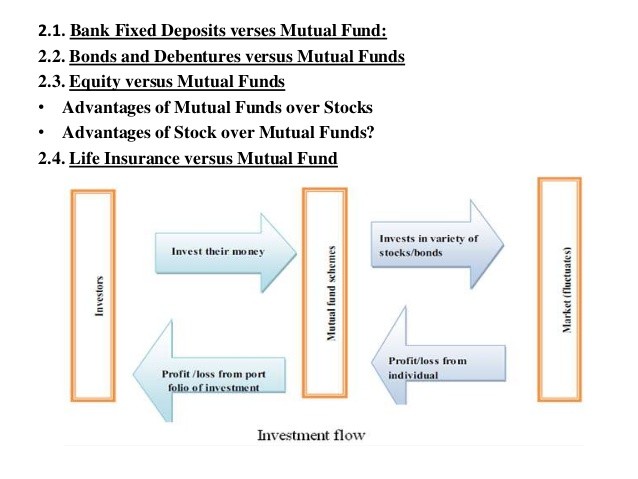Standard Deviation in Mutual Funds measures risk
Post on: 4 Апрель, 2015 No Comment

Standard Deviation in Mutual Funds will tell you how risky is particular fund. While choosing a Mutual Fund – Return is not the only criteria; we have to check Risk-Returns, Tax, Inflation, Liquidity etc. There are few more scientific formulas that help one to choose fund – we will be covering them at some later stage.
Thumb Rule: Higher the Standard Deviation of Mutual Fund – Higher the Volatility.
If you are really serious about fund analysis, you need to understand this is all about judging returns and risk. Stripped of a lot of the complexity, this task involves determining a funds average performance over a period of time. Lets get down to basics and take a refresher course on this concept.
Why do we use an average? Why dont we use the actual numbers that the average is calculated from? Obviously, because an average gives us a single value that represents the numbers it is calculated from. It is far easier to use a single number for judgments and comparisons.
But like most things in life, averages can be both good and bad. They can be trustworthy, or they can be worthless, or they can be anywhere between the two. For example, the average age of children in a nursery school is three years. You could walk into a kindergarten expecting most kids to be more-or-less three years old and you would not be wrong. However, the average age of students in a school is 12 years. You could walk into a school expecting most students to be more-or-less 12 years old and you would be almost completely wrong. Around 90 per cent of the students would NOT be 12 years old — they would be all ages from 5 to 18 years.
What happened? Was the average wrong? Obviously not, but it was not a very useful figure. It would have been far more useful if you had been told that most of the individual ages in the kindergarten were close to the average but most of the individual ages in the school were far from the average.
Standard Deviation Is the average deviation from the mean returns. It’s an indication of volatility i.e. deviation from mean returns.
Calculation Square Root of Variance. Where Variance is the average of the squared deviations from mean returns. Oh! Sounds complex – if you use excel it’s very simple to calculate. Check below picture.
Calculate Standard Deviation of Mutual Fund
This is exactly what Standard Deviation does. It gives you a quality rating of an average. The Standard Deviation of an average is the amount by which the numbers that go into an average deviate from that average. It tells us how closely an average represents the underlying numbers. Lets put it this way: There was very little risk in assuming that the kindergartens average represented the real ages but there was a great deal of risk in assuming that the schools average represented the real ages.
Risk! Isnt that what we are trying to figure out? So a recipe for figuring out the risk level of a fund takes shape:
1. Calculate a funds monthly performance over a long period of time.
2. Calculate the average for all these monthly performances.
3. If the individual monthly performances are very different from the average, then that fund is risky, delivering high returns in some months and poor returns in others. If they are mostly similar, then the fund is a low risk one, with about the same returns month after month.
Read about 2 important categories of mutual fund ELSS & MIP
And how do we find out if mutual funds are very different or mostly similar? By calculating their average, of course. We just calculate exactly how much each months performance is different from the average and then calculate the average of these differences. This is Standard Deviation. (While the actual formula is complex, this suffices as a simplified explanation.)
Standard Deviation of Reliance Mutual Fund (Different Schemes)














